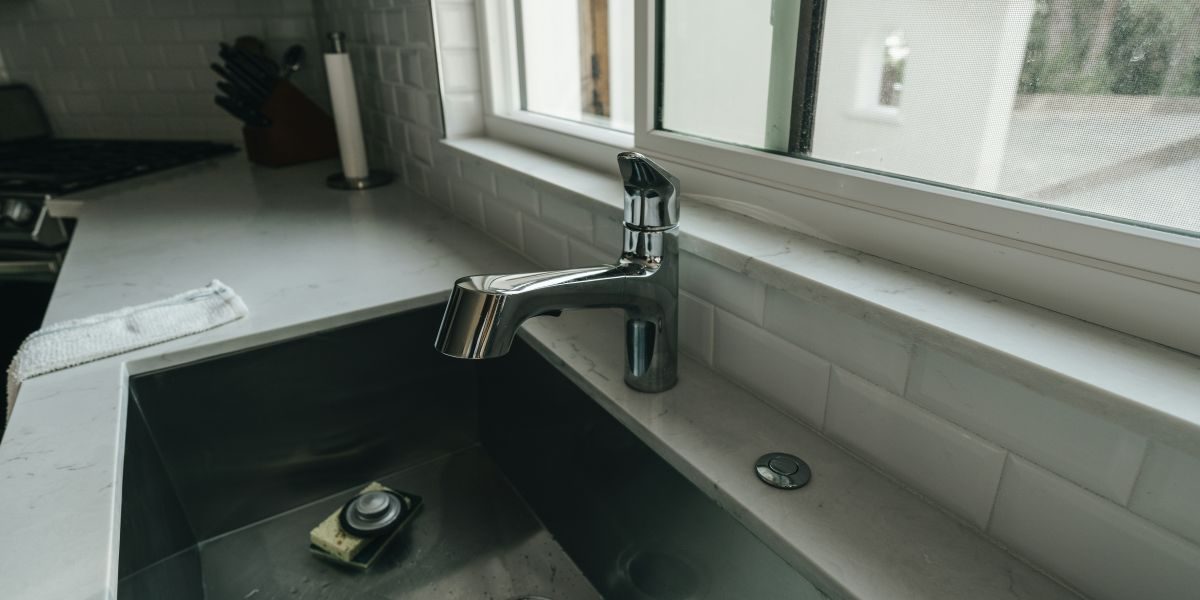By: Jacob Maslow
Blocked drains are one of the common household plumbing issues in Sydney. Whether it’s a slow-draining sink, a clogged toilet, or water pooling around your property, a blocked drain can quickly escalate into a bigger problem if left untreated.
Understanding the causes, knowing the signs, and taking the right steps to fix blocked drains Sydney can save you both time and money.
Common Causes of Blocked Drains
Blocked drains can happen for many reasons, and knowing the root cause is the first step toward effective resolution.
Tree Roots
Sydney’s leafy suburbs are beautiful, but tree roots are notorious for infiltrating underground pipes in search of moisture. Once inside, they can grow rapidly and block water flow.
Hair and Soap Scum
Bathroom drains, especially in showers and bathtubs, often become clogged with hair and soap residue. Over time, this build-up restricts water flow and creates unpleasant odours.
Grease and Food Waste
Kitchen sinks are highly vulnerable to blockages caused by grease, oil, and food scraps. These substances harden inside the pipes and eventually block them completely.
Foreign Objects
Items like wet wipes, sanitary products, and even children’s toys can accidentally be flushed down the toilet, leading to stubborn blockages.
Collapsed or Damaged Pipes
Over time, pipes may corrode or collapse due to age or external pressure from soil and construction, which causes serious drainage issues.
Signs You May Have a Blocked Drain
Catching a blocked drain early can prevent it from turning into a bigger problem. Here are some common warning signs:
- Slow-draining water in sinks, showers, or bathtubs
- Gurgling sounds are coming from the drains.
- Unpleasant smells around drains
- Toilets are not flushing properly or backing up.
- Water pooling in the garden or driveway
If you notice any of these signs, it’s time to take action.
Steps to Unblock a Drain
Depending on the severity of the blockage, there are several ways to clear a drain. Some methods are simple DIY fixes, while others may require professional help.
1. Boiling Water
For minor kitchen sink blockages caused by grease, pouring boiling water down the drain can sometimes dissolve the blockage. It’s a quick and eco-friendly first step.
2. Plunger
A plunger can be effective for dislodging minor clogs in toilets and sinks. Make sure to cover the overflow hole (if there is one) with a damp cloth to ensure suction is maintained.
3. Baking Soda and Vinegar
Pour a cup of baking soda followed by a cup of vinegar down the drain, then cover it with a plug. After 10–15 minutes, flush the drain with hot water. This natural solution can help break down mild buildup.
4. Drain Snake
A drain snake or auger is a flexible tool that can reach deep into the pipe and physically break up the blockage. It’s particularly useful for hair clogs in bathroom drains.
5. Wet and Dry Vacuum
If you have access to a wet and dry vacuum, it can be set to liquid mode to suck out the blockage. This works best when combined with the use of a plunger.
6. Call a Professional
If the blockage persists after trying these methods, or if it recurs frequently, it may be a sign of a more serious underlying issue, such as tree root intrusion or pipe damage. In these cases, contacting a professional plumber is the safest and effective option.
Preventing Future Blockages
Prevention is key to avoiding the stress and expense of blocked drains in the future. Here are a few habits to adopt:
- Avoid pouring oil and grease down the sink
- Use a drain strainer to catch food scraps and hair.
- Flush only human waste and toilet paper.
- Schedule regular plumbing maintenance, especially if your property is older.
- Install root barriers if your garden has large trees
Blocked Drains in Sydney: Local Considerations
Sydney’s diverse mix of new and old properties means the types of plumbing systems vary widely. Older homes, especially in heritage suburbs, often have clay or galvanized pipes that are more prone to damage and blockages. In newer suburbs, stormwater drains are sometimes interconnected with sewer systems, making them vulnerable to heavy rain and debris.
Additionally, Sydney’s climate—with its occasional downpours and hot summers—can affect soil movement and tree root growth, both of which increase the risk of drainage problems.
When to Seek Professional Help
While DIY methods are great for minor issues, recurring or severe blockages should always be handled by licensed professionals. Plumbers can use advanced tools such as CCTV drain cameras to inspect the pipes and identify the exact cause of the problem. They can also perform high-pressure water jetting to clear even the stubborn blockages.
Professional services are especially important when dealing with sewer backups, foul smells from multiple drains, or unexplained water damage, as these may indicate a more systemic issue.
Summary
Blocked drains in Sydney are a common but manageable household issue. By understanding the causes, recognising the warning signs, and applying both home remedies and preventative measures, you can often resolve the problem before it becomes serious. However, don’t hesitate to seek expert help when needed to ensure your drainage system runs smoothly all year round.
Disclaimer: The information provided in this article is for general informational purposes only. It is not intended as professional plumbing advice. The methods described may not be suitable for all situations, and we recommend consulting a licensed plumber for severe or recurring issues.

















